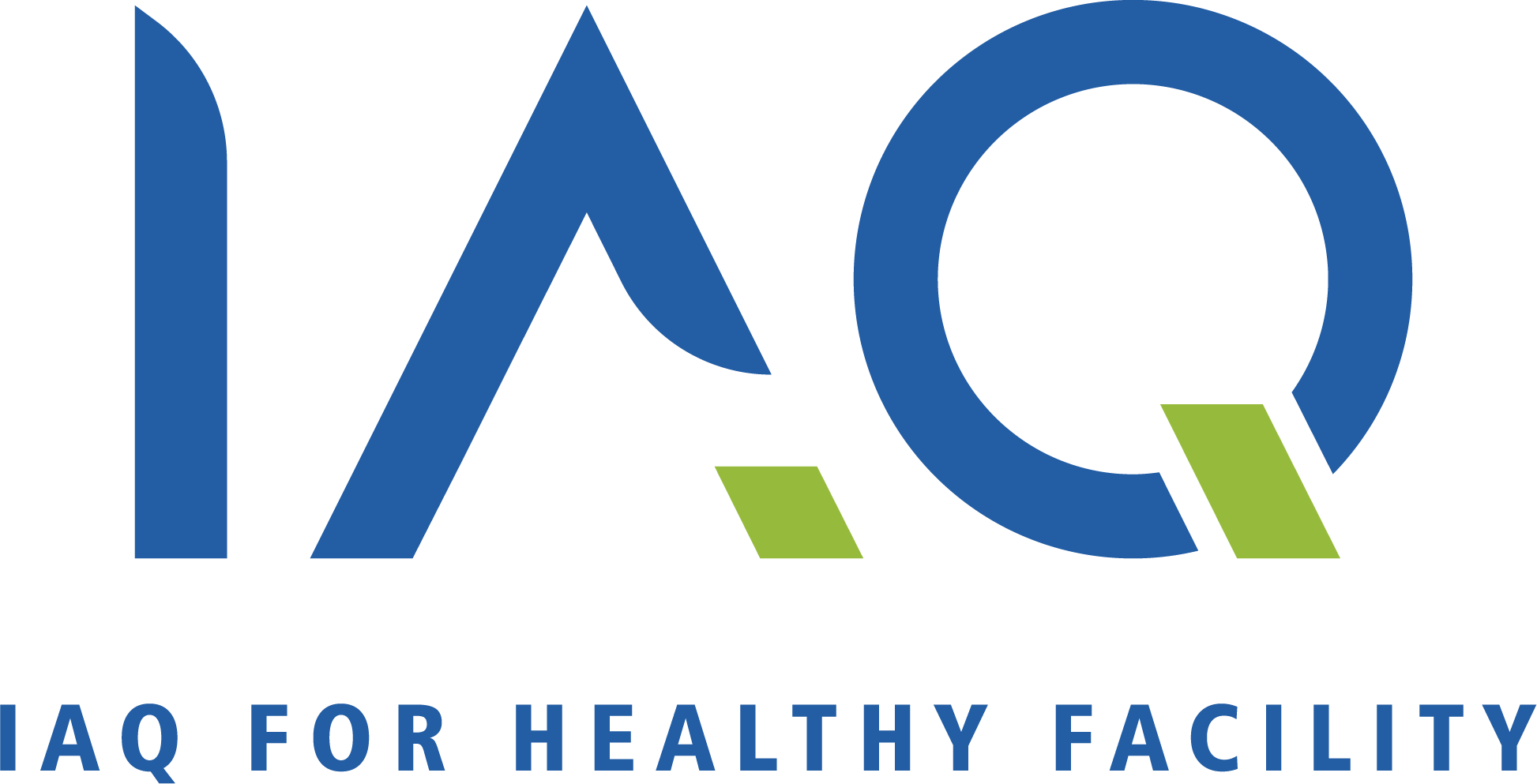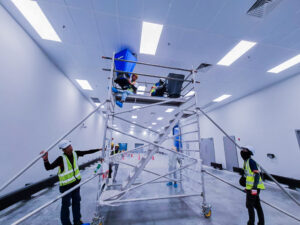The average person spends 90% of their waking hours indoors. This percentage may rise for pregnant women, who must increasingly stay off their feet and be seated as their due date approaches.
Unfortunately, by sitting indoors all day, pregnant women may unintentionally expose themselves to a substantial number of allergens, pollutants, and VOCs (volatile organic compounds) that are commonly present in our indoor air. Coughing, skin irritation, itchy/watery eyes, nausea, migraines, disorientation, joint discomfort, and even some malignancies have all been related to indoor air pollution.
These situations are not desirable for anyone, but they can be extremely harmful for pregnant women in particular. This is especially true for expecting mothers with pre existing illnesses, who may have already had a compromised immune system before their pregnancy began.
The specific impacts of poor indoor air quality are determined by a number of factors, including the following:
- When a baby is developing, he or she is exposed to poor indoor air quality.
- How long the exposure lasts and the amount of pollution.
- The particular pollutant.
Other factors may interact with pollution to either reduce or raise the risk. According to the majority of research, individuals that are more sensitive to congenital anomalies are also more likely to reside in polluted locations.
Poor indoor air quality can take on a variety of forms and can occur both indoors and outdoors. Several types of air pollution include the following:
- Smog-related outdoor air pollution.
- Pollution caused by fire and smoke, especially tobacco smoke, occurs both indoors and outdoors.
- Workplace dangers include working outdoors, with poisonous chemicals, with animals, and in industrial locations.
- Chemicals found in everyday life, such as asbestos.
- Chemicals that are hazardous, such as some cleaning supplies and paint.
- Allergies, for example, mold.
Real-world evidence has shown that improving indoor air quality is instrumental in protecting pregnant women and children. Even after the local, state, and national pollution limits take effect, yours or your baby’s health won’t improve. Try the steps below to safeguard your family from exposure to poor indoor air quality.
- Limit exposure to vehicle exhaust by avoiding exposure in the automobile wherever possible.
- Prohibit smoking in your home. Quit smoking if you’re a smoker, now.
- Cooking is one of the primary sources of pollution in the home. So, keep your kitchen well ventilated. In reality, exhaust fans keep the indoor air cleaner by recirculating the air in the kitchen.
- Get rid of freshners and perfume-scented goods from your home because it may contain toxic chemicals. Try out natural cleaners such as baking soda, charcoal, vinegar etc.
- Install a room air purifier to filter contaminants from the air.
Pregnancy-related air pollution poses a major health danger to both the pregnant woman and the unborn child she is carrying. It may also interact with other risk factors, increasing the danger for families who are already at risk of becoming victims.
People who live in polluted locations, who live with people who smoke, or who are concerned about air pollution can speak with their doctor or midwife about their worries.
Simple protection techniques, such as staying indoors as much as possible such as ensuring good indoor air quality, wearing a face covering when outdoors, and utilising high-quality air filters, may help to limit the negative effects of poor indoor air quality on pregnant women and their unborn children.




